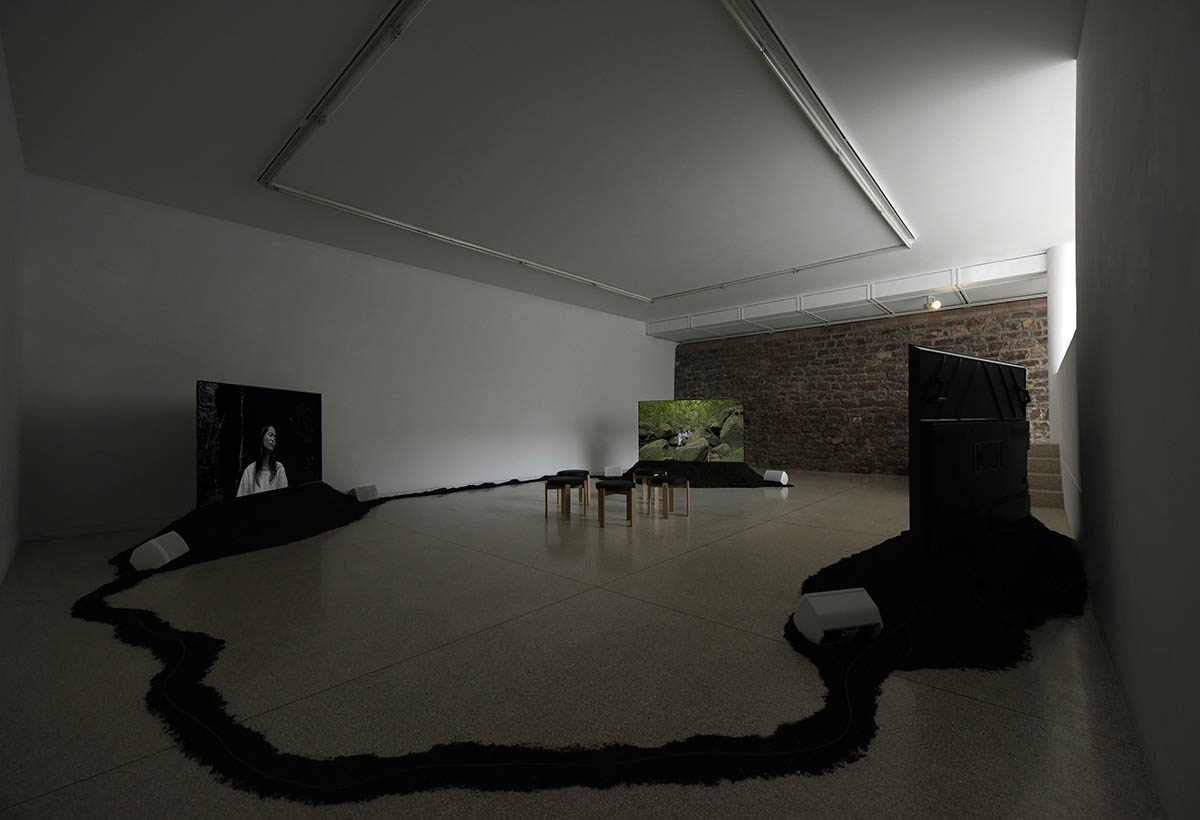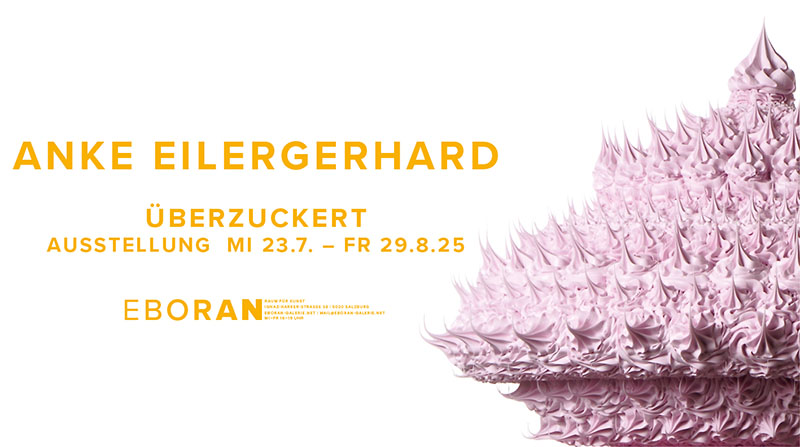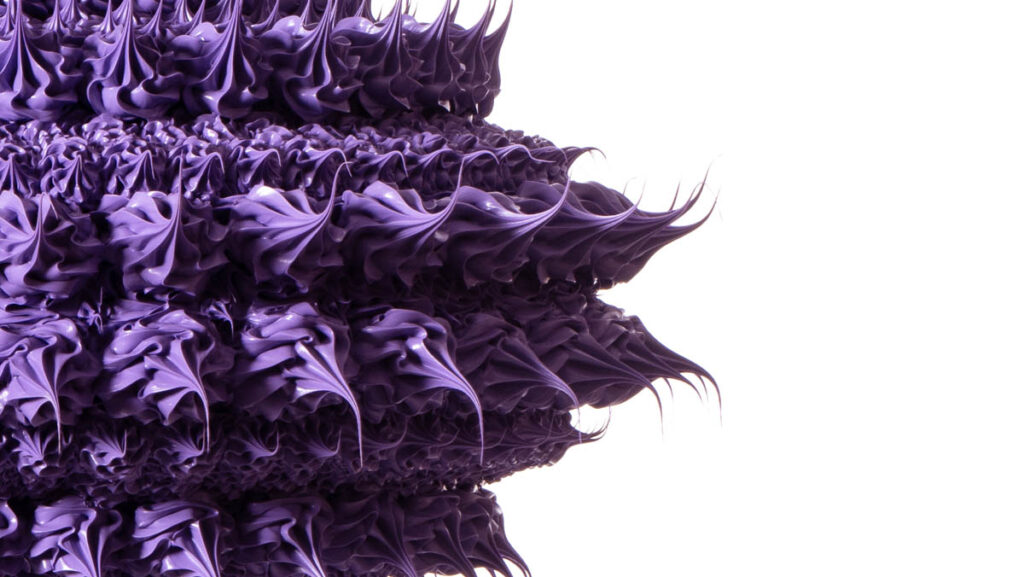
The exhibition title, Oculus, evokes multiple layers of meaning in terms of what is “seeing things” beyond the visual, and in terms of the architectural idea of “portal”, such as the hanging sculpture Portal and the steam room with the sound of the deep forest in the Philippines, Seething Island (see-thing eye land). One reference is the ophthalmoscope—a 19th-century invention in relation to the fact that José Rizal was in Heidelberg to study ophthalmology while writing the novel Noli Me Tangere (1887) and developing his political views of the Philippines against Spanish colonization. Can you speak about how you explored ways of seeing—whether metaphorical, historical, or embodied? And considering Rizal’s background, how does this historical overlap inform your approach to the exhibition and the work?
Patrick: I was interested as a curator not only in alternative ways of seeing. I was keen to work through how seeing has become a privileged form of sensing to ensure the dominant ocular-centric model of perception. Through Rizal’s novel, particularly the chapter on Sisa, this privilege is somewhat compromised as an almost distraught mother waiting for her sons to come back one evening begins to experience the phantoms of liminality, to “see” things that elude rationality or positivist validation. This madness, this near hysteria, is a trajectory into history. It bedevils the rationality of history through a potential hysteric. The curatorial approach stems from this impulse through various embodiments: the feeling of atmosphere, the sensation of humidity, the mediation of performance in a forest, the scent of soil, and so on.

Stephanie: Oculus, as a title to the show, actually came after the works were developed. We had for a while gone under the working title With Spectres, which is the end of the phrase that Patrick uses as the title for the larger curatorial project of the Philippines as the Guest of Honor at the Frankfurt Buchmesse, “Imagination peoples the air [with spectres]’, a line taken directly from Rizal’s novel. So early on, we were obsessed with having an extra layer of sense-making. We spoke of how to make the “invisible” present, with Joscha the repeated capturing of Rizal monuments took on a ghostly non-presence, while with me, I wanted to make air heavy. I wanted to create an environment that evoked an elsewhere, a place where the air was dense and had a body, and that engulfed you in ways that made it sweaty and uncomfortable. This elsewhere in Seething Island (see-thing eye land) was felt, heard and smelt rather than seen.

I also wanted to do a play on seeing through as opposed to seeing with. A lot of the research I’ve done in Heidelberg revolves around the Ophthalmoscope and the worlds that opened with this invention, not only scientifically, but also within the imagination of the time as science fiction from that era seems to suggest. The X-ray had yet to be invented, but I can imagine that this question of being able to look inside a living body was not far off when the ability to look inside a living eye was discovered. So the idea of looking through, and having that view be distorted or skewed, was another notion I wanted to play with in the glass piece Portal. Our focus started to center on what mitigates sight, hence the title Oculus.
Joscha: Part of my research focused on the memory of Rizal, which includes public sculptures of him that consistently depict him in similar posture, a certain way of staging, and a firm facial expression. During my research in the Philippines, I kept asking myself—What do I see in these public settings? What imagery does such a staging produce? Hundreds, thousands, millions of times, we may encounter the same body—Does this repetition of the same sculptures bring us closer, or does it create a boundary that blocks us out? What connects the places where Rizal statues are found? Could they be signs of “shrine-portals” that allow us to travel from Wilhelmsfeld to Mindanao? During the second half of my research stay, I noticed that the sculptures and busts smiled at me slightly. A welcoming smile, and a humorous one—an invitation to laugh together.

The other part that I focused on was more mystical and spiritual aspects, which became especially evident when I interviewed and spent time with the religious communities for whom Rizal plays an important role—from representing a hero, a saint, a prophet, to even representing Christ himself. The multiverse of ways of remembering that Filipinos have developed since Rizal’s execution in 1896 is extremely rich and fascinating, creating a high and dense meta-level of worship and religious dynamics. And again I had to ask myself, what I am seeing and experiencing? Is it a theatrical play or a religious act? Can their role-playing be an act of remembrance and/or religion? Can re-enactment create another level of belief or open a playful way of experiencing spirituality?

Joscha, your video installation features actors from the spiritual community. They perform a scene from the chapter, and, as you noted, their portrayal embraces a kind of mystical ambiguity around Rizal and the community. What was your intention behind your video installation?
Joscha: The footage I use for the 3-channel installation derives from a two-day role-play improvisation at the sacred Mt. Banahaw – an area that is home to many spiritual communities. It was clear to me that the approach to a figure like Rizal has to be through his literature. It’s the most direct access to his voice. I visited 7 different religious communities in the Philippines, each with its own special way of honouring the life and works of Rizal. One of the interviews was interrupted by evening prayers, during which I encountered “Sisa” and her son “Basilio”, a mother and son from the community who had the same characteristics as the characters of Rizal’s novel. This encounter inspired me to get more involved with the members of the STPSD community [Samahan ng Tatlong Persona Solo Dios (Community of one God in Three Persons)] and eventually to work with their theater group. I chose the last tragic chapter of his book, where Sisa and Basilio are finally reunited, which Rizal supposedly finished writing during his time in Heidelberg and Wilhelmsfeld. I would never go so far as to claim that my work could challenge Rizal’s very diverse legacies. Rather, I see it as an attempt to open a space for dialogue. A dialogue through the eyes of literature, through the observation of play, through insights into rituals and religious practices, and through the beauty of nature. All these elements are already important in his writings and they play an important role for the Rizalista communities today.

The most difficult part of filming was finding the right location. We had to hike further and further up the slopes, deeper and deeper into the forests of the mountain. We climbed until we reached a large balete tree surrounded by a stream of rocks in the dense forest. It was perfect because the tragic final chapter takes place under such a tree, with its very specific root structures that connect the tree to the soil and its underground network of nerves and veins that nourish and enable the life of the forest. In Rizal’s book, the tree also symbolizes a connection to the past as it houses a family shrine. Thus, finding a natural element to embed the three different channels of my video installation became very important during the in-situ creation. In the installation, the audience can follow the lines of black earth and circularity as they move to the next image. At the same time, the earth resonates with Seething island (see-thing eye land), which also uses the same element for its flooring. It is a recurring element in our show, connecting the different spaces and timelines through which we float.

Stephanie, in your artist talk, you spoke about discovering—or perhaps imagining—the more human side of Rizal during your research. It’s fascinating how this perspective contrasts with the mythologized, politicized figure he has become in the Philippines—a contrast also echoed in Joscha’s video and the accompanying research folder. How did this discovery influence your approach to the work and to the exhibition as a whole? And Patrick, the idea of challenging the dominant national hero narrative of Rizal is quite bold. What does this act of working with this politicized narrative outside of the Philippines mean to you?
Stephanie: Having grown up with Rizal as a larger-than-life figure, the impulse was to demystify. As someone who migrated to Vienna to study art—it seemed to me the best place to meet Rizal, was at his most vulnerable—as a newcomer to a place where he knew no one, Heidelberg.
If we trace Rizal’s travels through Europe, he was usually in cities where he had Filipino companions, like in Madrid, or Paris. In Heidelberg he was alone. It takes a certain courage, and self-confidence to move in a foreign space, to instigate conversations in an amalgamation of Latin, French, English, when one cannot speak German. The most interesting connection I had to Rizal was through this diasporic lens, and I felt the most urgent question often becomes, who am I here?

Patrick: It’s hard to extricate Rizal from the master narrative of Philippine nationalist heroism. I stay with this trouble by playing out the exceptionalist aspect of Rizal as a polytropic persona. That is one part of the equation. But through Heidelberg, this exceptionalism is tempered because Rizal is seen as someone who is learning, sharing residence with a Protestant pastor, trying to fit in physically, socially, and intellectually. This migrant condition rendered him vulnerable and therefore more relational. Rizal’s presence in Heidelberg and Wilhemsfeld threw a light on the progressive and cosmopolitan condition in these areas through the advances in ophthalmology as well as the coming together of a Philippine polymath, a Protestant pastor, and a Catholic priest. I am interested in these micro-assemblies that tend to challenge the spectacle of nationalism and its attendant heroisms; and to some extent reconceptualize the notion of political work itself.
Stephanie: At the Augenklinik Archives, I spent my time pouring over journals published around the time of Rizal’s medical studies in Europe, 1884-1887. I wanted to get a sense of what ophthalmology, as a field, was at that time, what modes of research and methods were commonly used in medical procedures. A lot of what the writing of the time indicated was a practice-based knowledge, a knowing-by-doing. This was also an exciting time for the growth of Ophthalmology, the archives held a lot of books on the invention of the Ophthalmoscope in 1850 (and the instruments that followed), largely credited to Dr. Hermann von Helmholz who taught at the University of Heidelberg for some time. His invention heralded the ability to look into a living retina, an innovation that facilitated a significant leap in medical science’s diagnosis of eye diseases and curing blindness.
The ophthalmoscope was precisely the device that made the eye a portal. There was suddenly an access to the “inside”. It was the act of rendering the intimate accessible, that led my approach to Oculus. Could I see Rizal as flesh in the same gesture as the ophthalmoscope could see the eye as living?

Even though the research residencies—Stephanie in Heidelberg and Joscha in the Philippines—didn’t involve physically working together, it seems that the exhibition emerged through a deep exchange of artistic ideas and experiences. Can you share the ideas and process behind this? How did you navigate the differences in artistic backgrounds and practices?
Patrick: Joscha and Stephanie are interested in “absorption,” a kind of acute fascination with how subjectivities are wrapped up in ideological pressures be it “identity” or “masculinity” or “race.” This was a productive starting point: the obsession with fantasy. And as a curator I enabled the artists to relate to each other in their own situations and according to their reflexes. Curation is like acupuncture for me; it opens up meridians and channels through which energy flows. And I let a different life take its own course.
Joscha: It’s inspiring to work with Stephanie, whose background and practice are very different from mine. I kept thinking about Tetris throughout the collaboration. Imagine if there was a collaborative way to play it! Like when you are trying to move the bars in real time and suddenly another player beams them to the opposite side and you realize that it is also possible. I think that our very different practices feed each other’s voice and thus create another artistic narrative, as you can see in the research table, which combines elements of both of our own research; my visual research around the memorials in the Philippines and the interviews with the religious communities and Stephanie’s engagement with the archives of the eye clinic and the ophthalmoscope. Also, we integrated my audio scape recorded in Dolores (in the Philippines), with the physical environment that Stephanie created in Seething Island (see-thing eye land). But of course, I also wanted to learn from her about her personal experience of growing up in Cebu and her relationship to the Rizal-realm within the Philippines.

Stephanie: I’m not sure about Joscha’s Tetris metaphor. It felt more like Mario Kart (laughs). I think the project itself is unique in the sense that Joscha & I were made to ‘exchange places’ through our residencies. Joscha had never been to the Philippines before this project, and I had never been to Heidelberg. So there was this process of both of us being alien in a landscape that the other was familiar with, and that bonded us from the start. There was a lot to exchange, conversations were crucial to us understanding what it was that we were experiencing and wanted to do / make / make together.

Joscha: Since I organized her stay in Heidelberg, we met several times during her stay and exchanged ideas, talked, and even went into the operating room together during cataract surgeries. The cooperation with the Augenklinik required a lot of preparation and many discussions with different institutes of the University of Heidelberg. I was very curious to see what Stephanie would find there and how she would deal with the archives and the actual environment of the University Hospital, where the Augenklinik and its archives are located. Fortunately, through the Art and Science program that I run with Talking Heads e.V., the platform connecting artists and scientists communities, it was possible to find and open the right doors for her. It was a mix of direct shared experience and working together, and a lot of online meetings and exchanges.
Stephanie: In the end, I think a lot of the ideas we ran with were ones that we already felt drawn to from the start but needed time to articulate into words and form. It was really easy to negotiate with Joscha in terms of what should be in the space – I think we felt this was more a communal work rather than a duo show and I think this is rather felt in how the art works relate, contextualize and perhaps even complexify each other.
What happens to Oculus after its time in Heidelberg Kunstverein? Will it have an after-life?
Stephanie: It’s hard to say, we hope so? Maybe Rizal will find a way back home.
More about the exhibition: https://www.hdkv.de/en/exhibitions/oculus

Stephanie Misa (PH/AT) is a visual artist and researcher whose work centers on decolonizing methodologies. Her artistic practice connects multicultural collaboration, curating, and feminist criticism. In her work, Misa examines phenomena related to the orality and the richness of multilingualism. www.stephaniemisa.com
Joscha Steffens (DE/NL) creates work about – and within– hidden communities that immerse themselves in imaginary worlds. He focuses primarily on the game world – both virtual and live action – and its concepts of creating the avatar-self. Working across photography, video installation, games and film, his focus is on formats that requireparticipants to transcend the boundaries of play, touching on a devotional level ofgaming culture, its rituals and meanings within religious movements. www.joschasteffens.de
Patrick Flores is Chief Curator of National Gallery Singapore. He is concurrently Professor of Art Studies at the University of the Philippines and Director of the Philippine Contemporary Art Network. He has written significantly on Southeast Asian art, specifically its colonial and modernist formations, and has curated contemporary exhibitions on and through Southeast Asia. He was a Curator (Position Papers) at the Gwangju Biennale in 2008, the Artistic Director of Singapore Biennale in 2019 and Curator of the Philippine Pavilion in 2015 and the Taiwan exhibition in 2022 at the Venice Biennale.
Born in Japan and currently based in Vienna, Mika Maruyama is a curator, writer, and editor. Her interdisciplinary practice ranges from curating and zine-making to artistic practices motivated by her interests in anti-colonial and deimperial thinking, collectivity, and transcultural aesthetics that challenge dominant historical narrative. In 2018, she co-founded “Multiple Spirits,” a queer feminist art magazine with artist Mai Endo. She is a board member of the Austrian Association of Wom*n Artists (VBKÖ), and a Ph.D. candidate at the Academy of Fine Arts Vienna.





